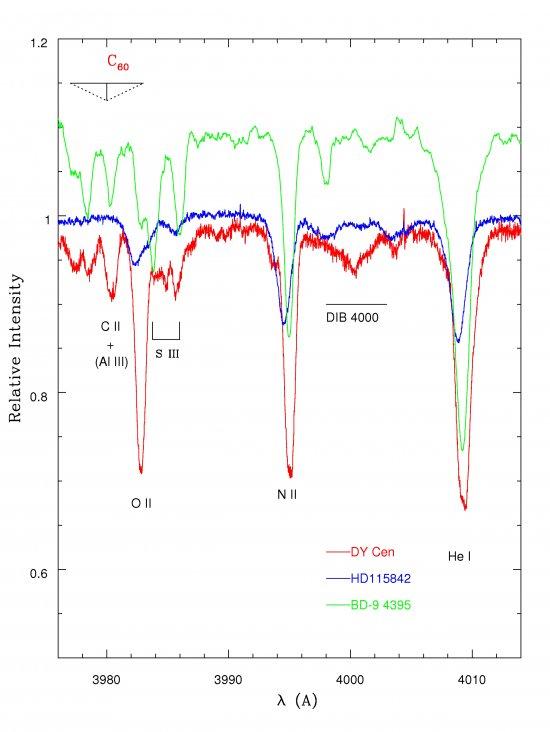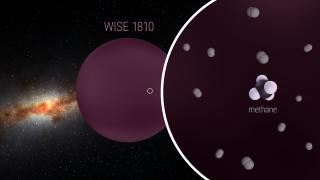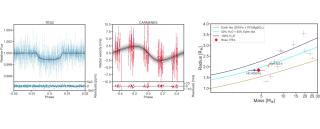Fullerenes and fullerene-related molecules have been proposed as explanations for unidentified astronomical features such as the intense UV absorption band at 217 nm and the enigmatic diffuse interstellar bands (DIBs), In order to shed light on the a long-standing DIB’s problem, we search high-resolution and high-quality VLT/UVES optical spectra of the hot R Coronae Borealis (RCB) star DY Cen for electronic transitions of the neutral C60 fullerene molecule and DIBs. We report the non-detection of the strongest C60 electronic transitions (e.g., those at ∼376, 398, and 402 nm). DIBs towards DY Cen are normal for its reddening; the only exception is the DIB at 628 nm (possibly also the 722 nm DIB) that is found to be unusually strong. We also report the detection of a new broad (FWHM∼2 Å) and unidentified feature centered at∼400 nm. The non detection of neutral C60 in the high-quality VLT/UVES DY Cen’s spectrum may support recent experimental work, showing that the∼7.0, 8.5, 17.4, and 18.8 micron IR features seen in sources with polycyclic aromatic hydrocarbon (PAH)-like dominated spectra have to attributed to proto-fullerenes rather than to neutral C60. In addition, the new 400 nm DIB reported here (possibly also the carriers of the classical 628 nm and 722 nm DIBs) may be related to fullerene precursors; an organic compound containing pentagonal rings. These pentagonal carbon rings are usually present in hydrogenated amorphous carbon (HAC) nanoparticles and nanotubes, suggesting that they may be intimately related with the formation process of fullerenes.
Spectra of DY Cen (in red) around 400 nm (or 4000 Å). The spectra of the nearby star HD 115842 (in blue) and the Extreme Helium star BD -9 4395 (in green) are also displayed for comparison. Note the presence of a new absorption band at 400 nm (the new 400
Advertised on
References
The Astrophysical Journal Letters, 2012, 759, L21



